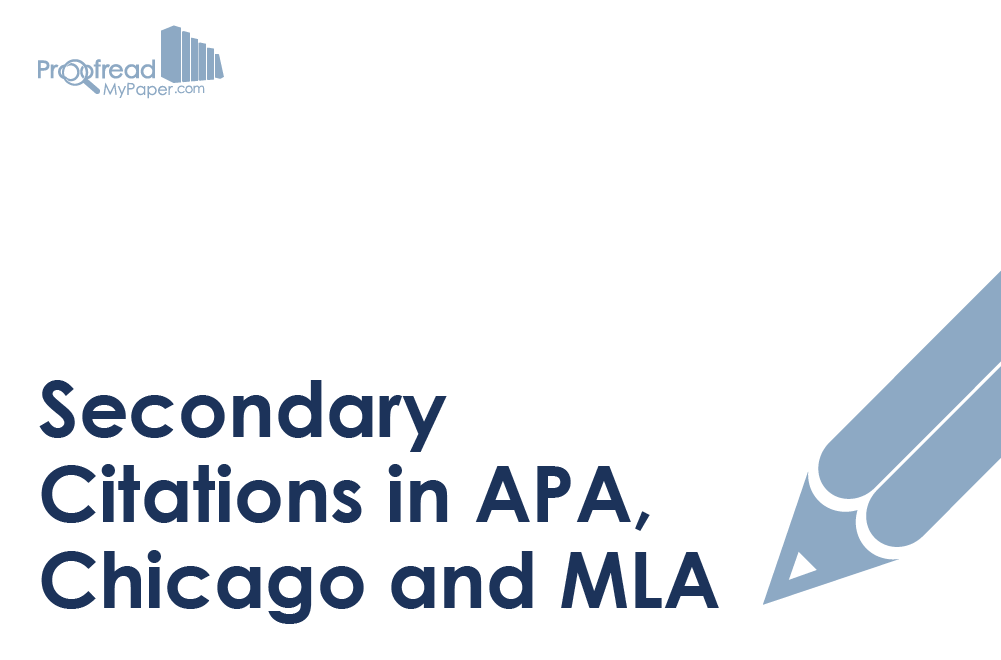Referencing is a fundamental part of academic writing. Sometimes, though, you’ll come across something that you want to use in your work, only to find that you can’t access the original source. This is when secondary citations come into play.
What Are Secondary Citations?
We use secondary citations to cite something we’ve read about elsewhere when the original text is unavailable. You might, for instance, come across a statistic in an article, but then discover that the book it was taken from is out of print.
Using a secondary citation – i.e., citing the source in which the unavailable text is cited – will let you use the information required despite not having access to the original source.
With all of the referencing systems listed below, however, this approach is best reserved as a last resort. Make sure to check that the source is really unavailable before using a secondary citation!

Secondary Citations in APA
With APA referencing, secondary citations are indicated using the phrase “as cited in” in the in-text citation. The citation should also include the author’s name and year of publication for the text where you found the inaccessible source referenced:
According to Charles (as cited in Maconie, 2013), funk and soul music are fundamental aspects of U.S. culture.
In the reference list, you should provide full publication detail for the source you’ve been able to access. In relation to the example above, then, the Maconie source would be referenced in full.
Secondary Citations in Chicago
With Chicago referencing, the correct approach depends on which version of the system you’re using and whether you’re citing or quoting a source.
For author–date style referencing, when simply citing a source, you should add “cited in” to your in-text citations (we’ll use the Charles/Maconie example throughout for clarity):
Charles (cited in Maconie 2013) praises Bootsy Collins.
Find this useful?
Subscribe to our newsletter and get writing tips from our editors straight to your inbox.
If you were quoting the same source, you’d use “quoted in” instead. You’d also give a page number for where the quote appears in the secondary source:
Charles (quoted in Maconie 2013, 34) describes Bootsy Collins as “the greatest” bass player of his time.

(Photo: Jester Jay Goldman/flickr)
The same “cited in”/”quoted in” distinction applies when using Chicago-style footnote citations, but you need to provide full publication information (and page numbers) for both sources:
1. C. Charles, A History of Funk and Soul (New York: PMP Publications, 1994), 216, quoted in S. Maconie, Musical Freaks (Chicago: PI Press, 2013), 34.
Whichever system you use, list the secondary source (e.g., in the examples above, Maconie) in the reference list/bibliography.
Secondary Citations in MLA
MLA uses “qtd. in” (short for “quoted in”) to indicate a secondary citation, such as in the following:
Charles writes that Bootsy Collins would “put bass in your face” (qtd. in Maconie 46).
As with the other systems here, you should list the secondary source (i.e., the text you’ve been able to access) on the “Works Cited” page.



